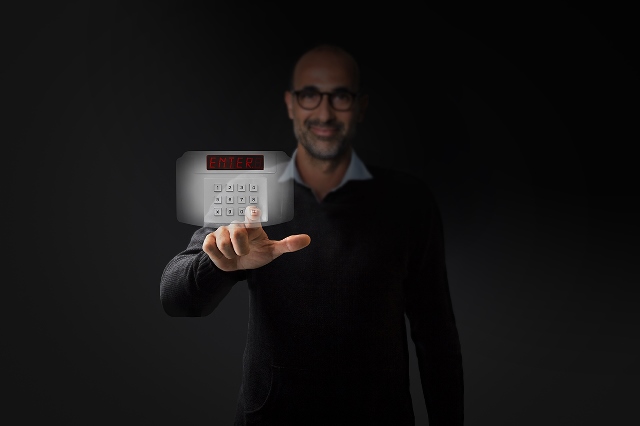Who is entering your property?
When we mention “access control systems” we are talking about products that allow us to control who enters a residential home or commercial building. The system will also be able to log exactly who the person is, and what time of the day or night they entered the premises. Each person or employee will have their own pin code, proximity tag, or swipe card. This becomes their unique identifier. Exiting a door without having to electrically unlock the door is called “mechanical free egress”. This is an important safety feature. In cases where the lock must be electrically unlocked on exit, the request-to-exit device also unlocks the door.
Physical access control can be achieved by a human presence i.e. a guard, a bouncer, a receptionist, or through mechanical means such as locks and keys. Within these environments, physical key management may also be employed as a means of further managing and monitoring access to mechanically keyed areas.
Remember, mechanical locks and keys do not allow restriction of the key holder to specific times or dates. Mechanical locks and keys do not provide records of the key used on any specific door, and the keys can be easily copied or transferred to an unauthorized person. When a mechanical key is lost, or the key holder is no longer authorized to use the protected area, the locks must be re-keyed. Here are some examples of where an access control system would work well.
Any business that has high health and safety risks on site. The employer will know when an employee comes to work, and when they have left. You may call this big brother but when the onus is on the employer to keep their employees safe then why not. If a disgruntled employee leaves their job, then the employer can take their unique identifier out of the system and deny them access. No need to worry about getting the keys back, a great feature on sites where there are machines and plant that should only be operated by skilled personnel. These devices can be locked out by a keypad for example, where only authorised operators may use this equipment by putting in their unique identifier.
At Sports clubs, where multiple committee members have access day and night with keys. With thousands of dollars’ worth of assets or liquor on site, wouldn’t it be better to know who is entering the club, especially after hours. When something goes wrong why should the suspicion fall on all members?
What about lighting control at work sites, or anywhere where you want to control their use. As lights cost money to run, no one wants to leave them running any longer than they need to. Or if it is a user pays system, then an access control system controlling their use would be a cheap and simple way to do this.
When access is refused, the door remains locked and the attempted access is recorded. The system will also monitor the door and alarm if the door is forced open or held open too long after being unlocked. The system can be programmed to alarm if any of these actions happen.
In summary
We all wish we lived in a world where we could trust each other, or health and safety was based on common sense, but this isn’t the case anymore. Protect yourself!

